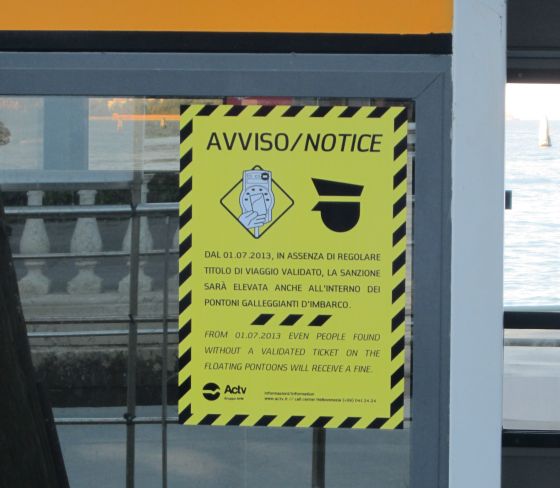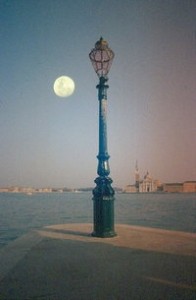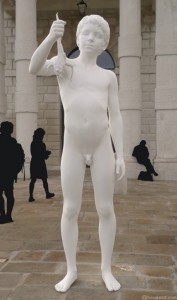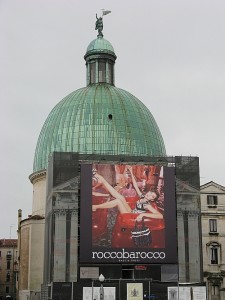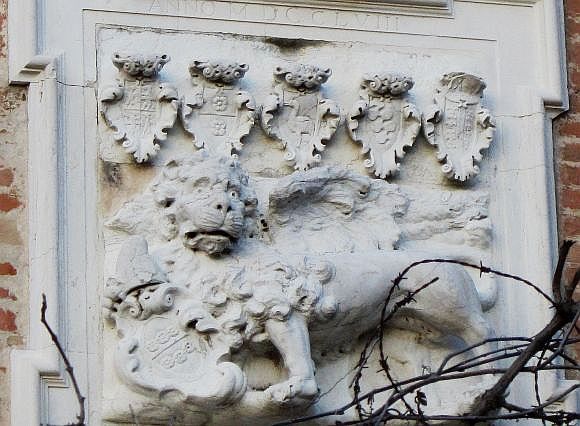
My recent silence would typically have been due to the winding down of the summer, the winding down of me, an annual process which usually is distinguished by….nothing. Sloth, heat, tedium, what the doctors might call general malaise. (The tedium, unhappily, is also caused by the endless, predictable procession of homicides, femicides, drownings, drug overdoses, fatal mountain accidents, political did-so-did-not, and miles of traffic backups on the major days of departing and returning from vacation.) It’s practically a tradition.
There are usually some slight variations. Today we read “After he slit his friend’s throat, he went out to drink a beer.” That’s a little different. Or the young man who was accosted by a prostitute on the street in a town out on the mainland who got fined 450 euros for the verbal exchange even though he turned her down. The law says clients are criminals too, and it appears that even telling her no counts as much as hiring her for the weekend. But on the whole, a typical 30 summer days, not so unlike what people experience in many other parts of the world.
By now, though, we all know that August, which is supposed to be the Nothing Month, was very much a Something Month, for the gondoliers, ACTV, and city as a whole. Which also explains my recent silence because (A) I was trying to keep up with the constantly evolving situation and (B) doing so made my brain seize up, therefore (C) we went to the mountains for a few days where my brain wasn’t needed for anything but maintaining basic life functions.
Returning to Venice, we immediately fell into the groove, right where we had left it. There is a traditional sequence of events in this sliver of time, which involves lots of people moving ceaselessly around the city, especially in our neighborhood, not to mention the Lido.
Plenty of visitors are still going to see exhibitions of the Biennale; every evening, when the doors close at 6:00, we sit at our favorite cafe and watch the migration moving sluggishly from the distant Arsenal outposts toward and along via Garibaldi, in search of food, drink, and a place to sit. I’ve seen a lot of really nice dresses this year, if anybody wants to know.
The Venice Film Festival opened three days ago, so although actors and fans aren’t to be seen in our little cranny of the city, there are plenty of badge-and-totebag-and-camera-bearing journalists around (a reported 3,000 have come to cover the festival. How could there be that many outlets in the world that want hourly bulletins about movies and their makers?).
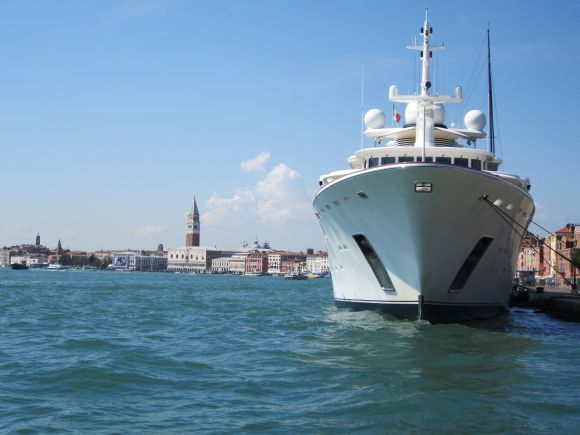
In fact, a number of traditions here are pleasant, even reassuring. I enjoy the eternal cycle of seasonal food; right now the grapes and the warty, gnarly pumpkins (suca baruca, “the veal of Chioggia”) are appearing in the market. And I feel the onset of the Regata Storica, to be fought out tomorrow, and there are the signs in the shop windows selling new backpacks and school supplies. That’s the happy side of tradition.
Then there is the also-traditional way in which events have been unfurling since the death in the Grand Canal. Everything that has happened since two weeks ago today has been as predictable as dusty bookshelves, but they are not positive developments. In fact, they’re not really developments at all.
In the days following the accident, there was a mighty outcry from all sides demanding change. That was predictable.
What is also predictable is that change is now being resisted with every weapon that comes to hand. Life here obeys Newton’s Third Law, the one about equal-and-opposite-reactions. Newton’s Laws are among the few edicts nobody objects to, mainly because Newton isn’t around to argue with.
When I say “laws,” I am referring specifically to the recent regulations that have been proposed to establish order on the traffic in the Grand Canal. Because even if you say you need them and want them, when you get them, you have to fight back.
The mayor and assorted sub-mayors and people who wear uniforms worked mightily and also rapidly to devise a new way of organizing the assorted boatly categories. In record time, a 26-point plan was presented, and published in the Gazzettino.
This plan contained a number of dramatic innovations, such as collecting garbage at night, and requiring the barges to have finished their chores by 10:00 AM.
But this is the point at which the true, fundamental, guiding-more-surely-than-a-compass tradition took over.
The tradition is: I’m not changing anything. Somebody else can change if they’re that dumb, but not me.
I knew the minute I read it that night work wasn’t going to fly. If people hate working by day, which it seems many do, they would hate even more doing it by night. Then the barge drivers said that working those hours would make everything more expensive. And so on.
So the very people who clamored for change in the heat of the moment have shown that they don’t want it. They want somebody else to want it. This is tradition!
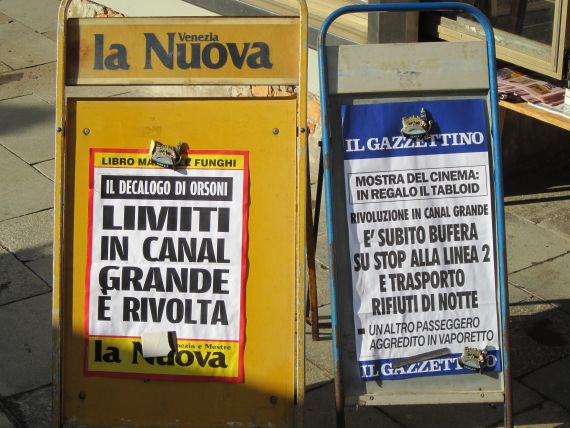
I can tell you how things are going to go in the next few months, or perhaps merely weeks: Some tiny tweaks will be made, and everything will return to the way it was. The #2 vaporetto is scheduled to go out of service on November 3, because it’s a high-season traffic-overflow adjunct. The proposal to cut it earlier makes moderate sense, but it’s really window-dressing, because then there would have to be more #1 vaporettos to handle the traffic.
The “Vaporetto dell’Arte,” an enormous, lumbering, amazingly underused and overpriced vehicle, will also stop on November 3. They could stop it now and nobody would notice, but it must be somebody’s pet project because it keeps on going. Empty and big and expensive and pointless. (The “pointless” part is a special ACTV sub-tradition.)
As for what everybody else thinks about revising the way things are done, Grug from “The Croods” put it best: “Change is always bad.” As his son replied: “I get it, Dad! I will never do anything new or different!” Just a cartoon? Maybe not.
By the staircase in the Palazzo Grassi, the original owner, Angelo Grassi, had the following phrase incised in 1749: CONCORDIA RES PARVAE CRESCUNT, DISCORDIA ETIAM MAXIMAE DILABUNTUR.” With harmony the small things grow, but with discord even the greatest things are brought to ruin.
